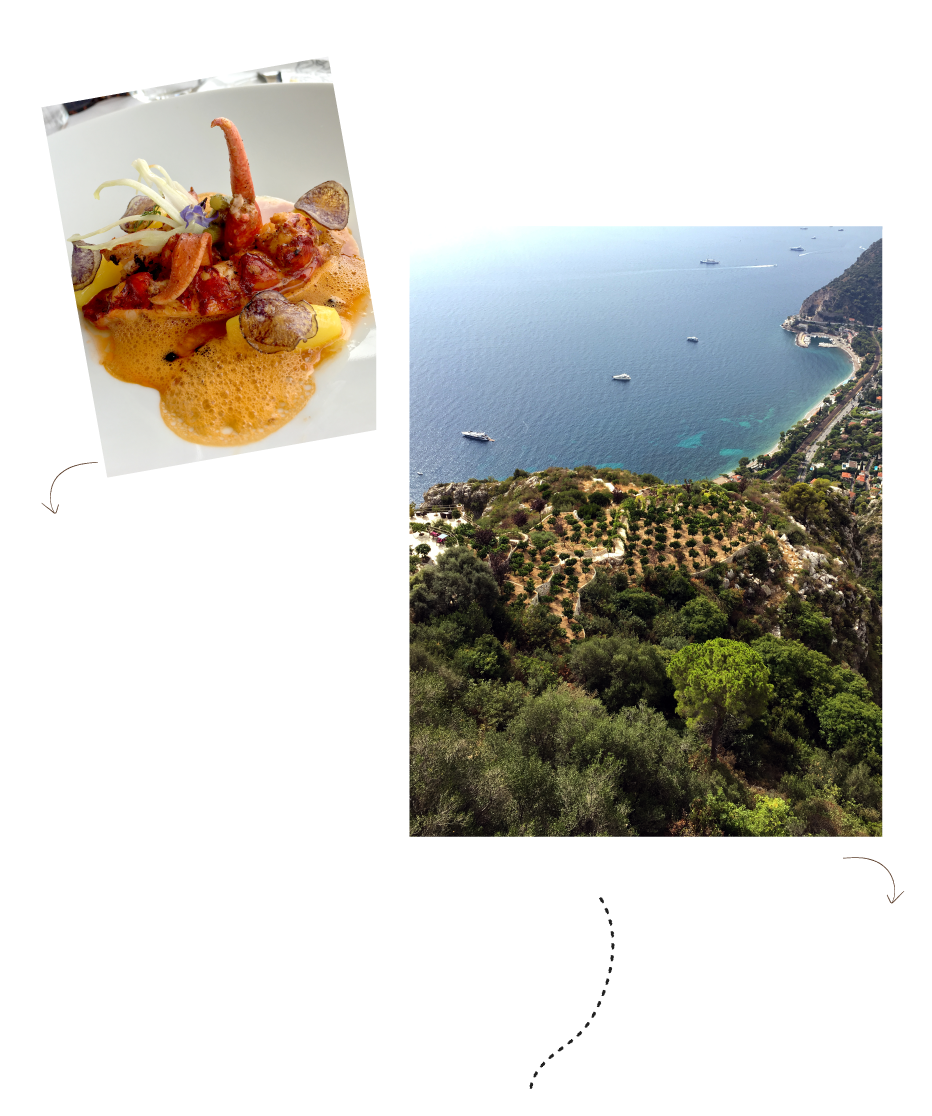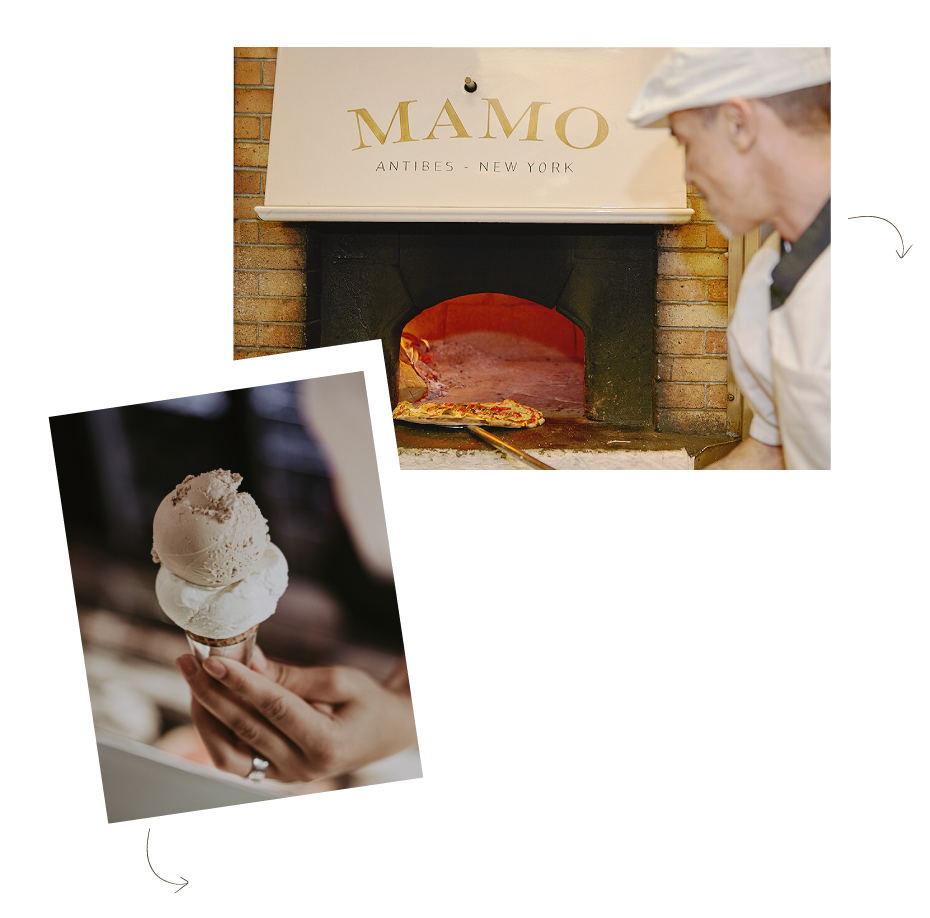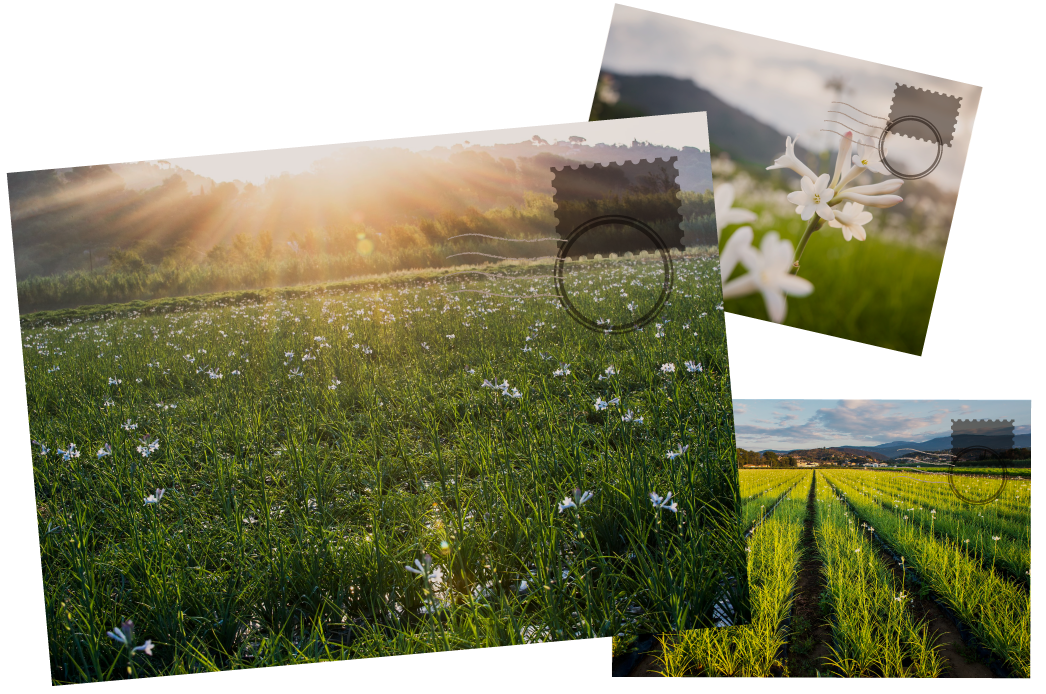
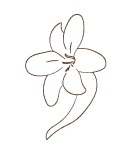
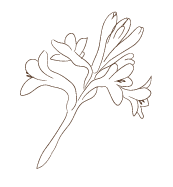

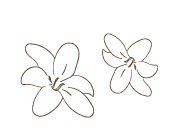


Discover an intimate scent journey in the heart of Grasse, where key ingredients are grown exclusively for the iconic Chanel N°5 Parfum and other fragrances for the house
Despite its famed location in the cradle of French perfumery, dans le champs de Chanel (the fields of Chanel) and its whereabouts remain quite elusive to the rest of us. Fiercely protected, the fields of Chanel are strictly private – and rightfully so.
Steeped in heritage, the relationship between Gabrielle Chanel's iconic N°5 Parfum and the region of Grasse in France, began in 1921 when Ernest Beaux chose the Grasse jasmine for the scent, a decision which has since evolved over decades into a strong, lasting partnership between the house and the Mul family since 1987. As the largest producer in Grasse, the Mul family cultivates five exceptional crops: May rose, jasmine, tuberose, geranium rosat and iris, all of which are reserved exclusively for the composition of Chanel fragrances.
Steeped in heritage, the relationship between Gabrielle Chanel's iconic N°5 Parfum and the region of Grasse in France, began in 1921 when Ernest Beaux chose the Grasse jasmine for the scent, a decision which has since evolved over decades into a strong, lasting partnership between the house and the Mul family since 1987. As the largest producer in Grasse, the Mul family cultivates five exceptional crops: May rose, jasmine, tuberose, geranium rosat and iris, all of which are reserved exclusively for the composition of Chanel fragrances.


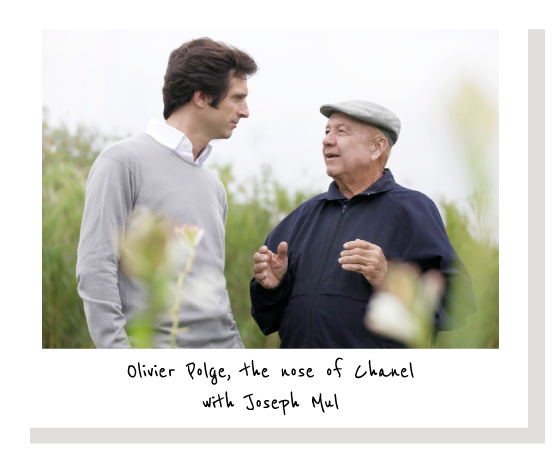
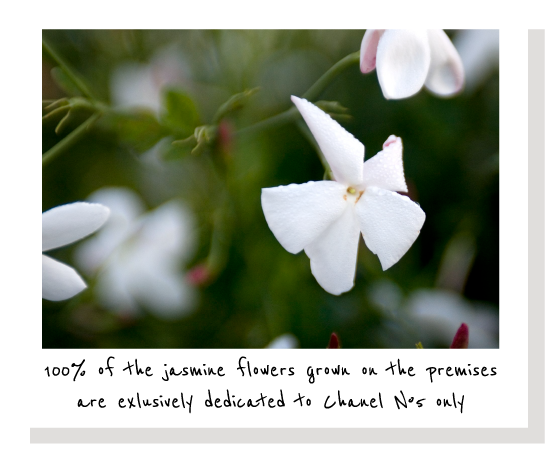
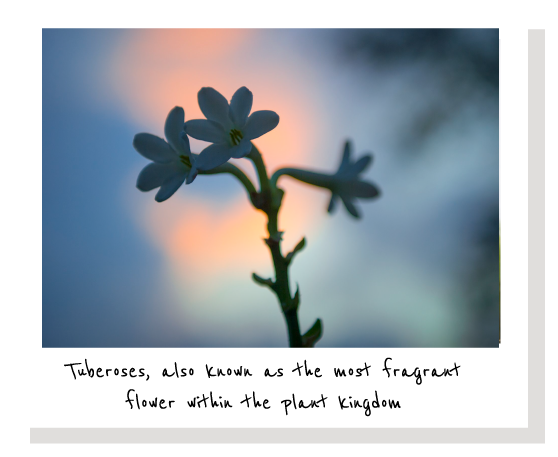
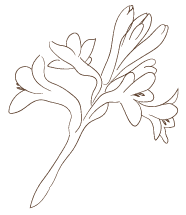
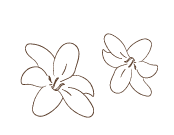
This was my second visit to the perfume capital since 2015, where I first gained a new level of appreciation for the craft after being exposed to the painstaking processes behind the making of each bottle of Chanel fragrance.
Opportunities to visit the fields of Chanel are as rare as they come, let alone the privilege to go behind the scenes to experience each step of the scent journey from harvesting through to its extraction and distillation processes. Armed with my jute bag, straw hat, gum boots and a fresh perspective, I rolled up my sleeves and rode (in a Chanel buggy no less) into a sunny morning out on the fields where the air was thick with the scent of fragrant jasmine and tuberoses, which were visibly in full bloom and ready for harvesting.
Opportunities to visit the fields of Chanel are as rare as they come, let alone the privilege to go behind the scenes to experience each step of the scent journey from harvesting through to its extraction and distillation processes. Armed with my jute bag, straw hat, gum boots and a fresh perspective, I rolled up my sleeves and rode (in a Chanel buggy no less) into a sunny morning out on the fields where the air was thick with the scent of fragrant jasmine and tuberoses, which were visibly in full bloom and ready for harvesting.


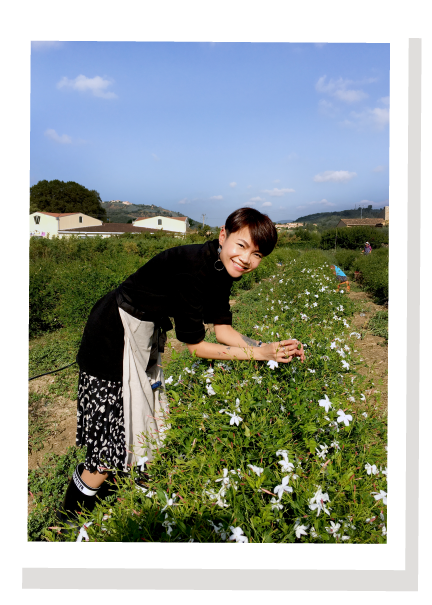
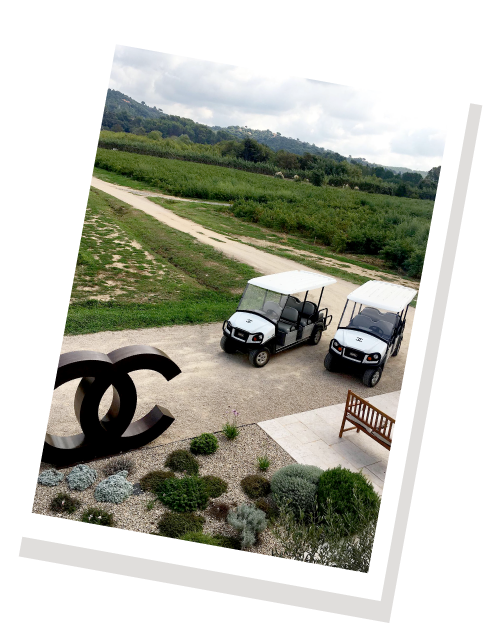
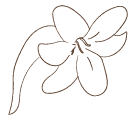

My interest and respect for artisanal perfumery soared a little more with the discovery of fascinating details along the way from having a taste of the hard work that goes into harvesting the delicate jasmine and tuberose flowers to learning about sustainable practices and the use of chemical-free fertilisers in the fields to prioritise crop health, consistency in quality and to avoid soil and crop depletion over time, ensuring a legendary heritage stands the test of time.
Each season, up to 90 gatherers are employed and put on constant rotation for jasmine harvesting alone, which only blooms 100 days in summer. When it comes to tuberoses planting, they are spaced exactly 15cm apart, in rows of six to make way for 170,000 bulbs per hectare and must be harvested first thing in the morning as they bloom to ensure the freshest batch of flowers for the extraction process – all awe-inspiring testaments to precision and continued commitment to the craft.
Each season, up to 90 gatherers are employed and put on constant rotation for jasmine harvesting alone, which only blooms 100 days in summer. When it comes to tuberoses planting, they are spaced exactly 15cm apart, in rows of six to make way for 170,000 bulbs per hectare and must be harvested first thing in the morning as they bloom to ensure the freshest batch of flowers for the extraction process – all awe-inspiring testaments to precision and continued commitment to the craft.
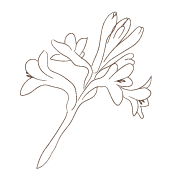

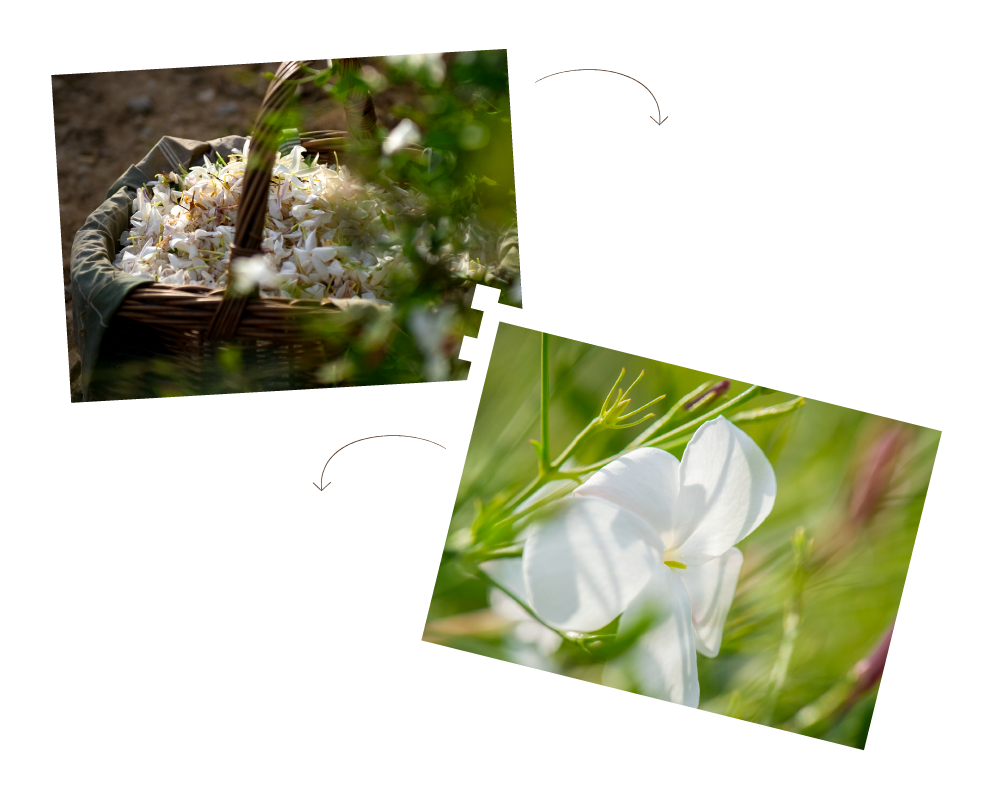


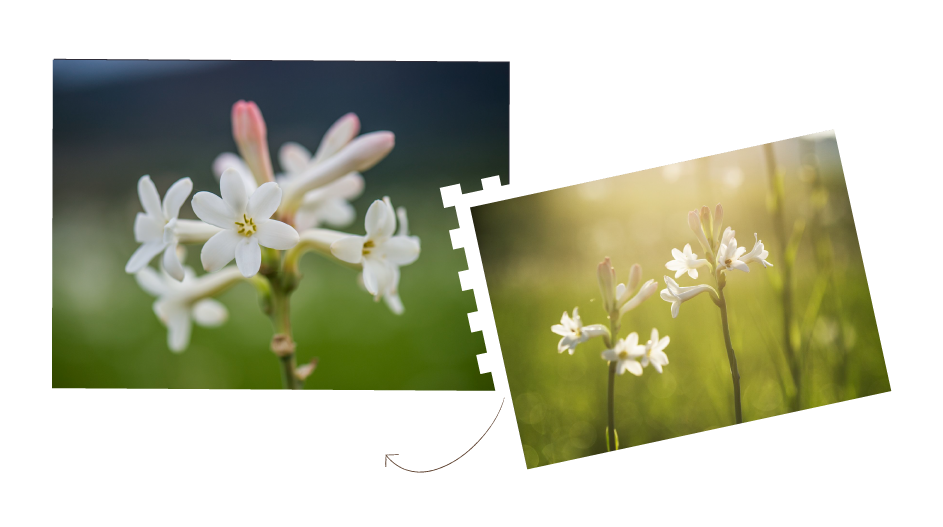

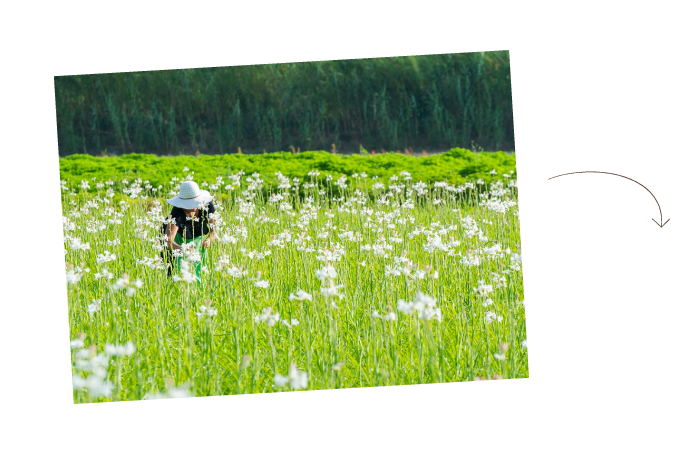

The meticulous process doesn't stop at the harvesting exercise. What comes next is a race against the clock to ensure the quality and freshness of the flowers are maintained just in time for the next steps. Fresh off the fields, baskets of tuberoses and jasmine are rushed to the plant for weighing within three hours of picking, so they don't have a chance to wilt before the following processes at the factory:
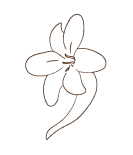

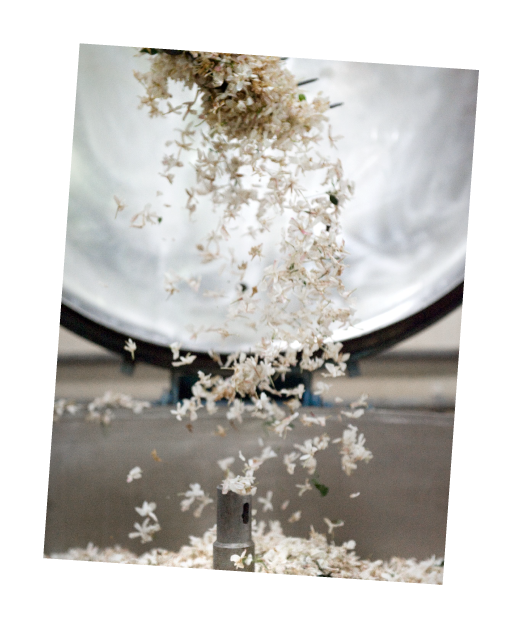
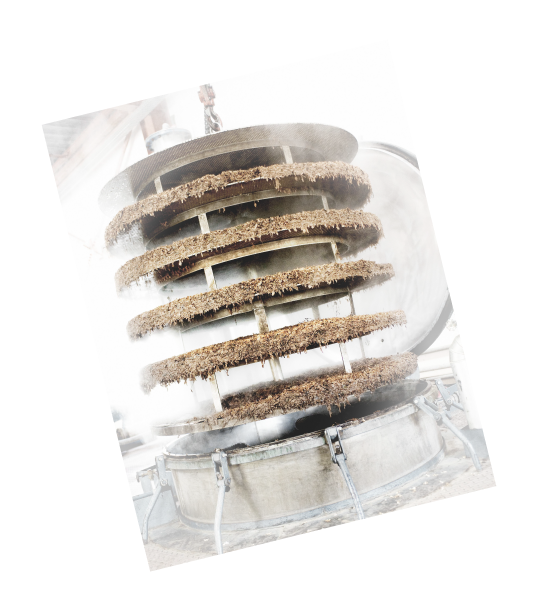
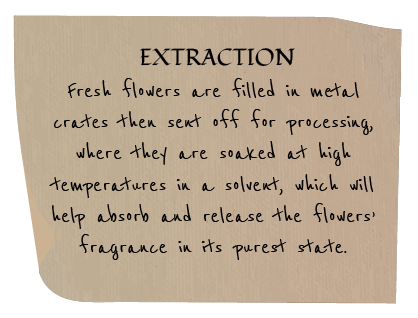
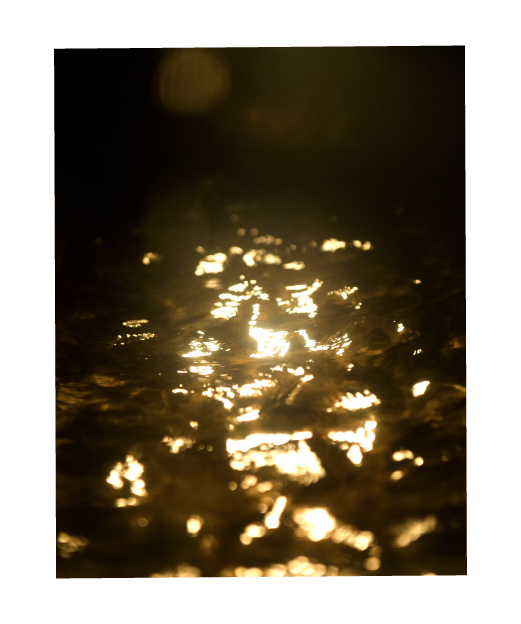
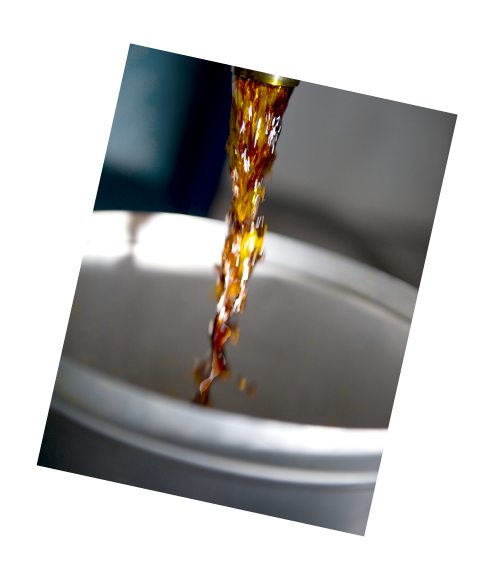
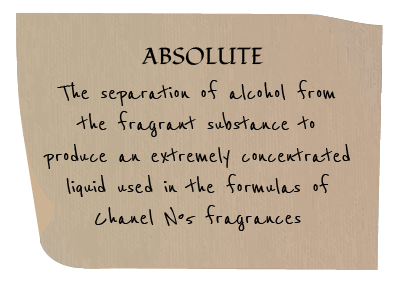
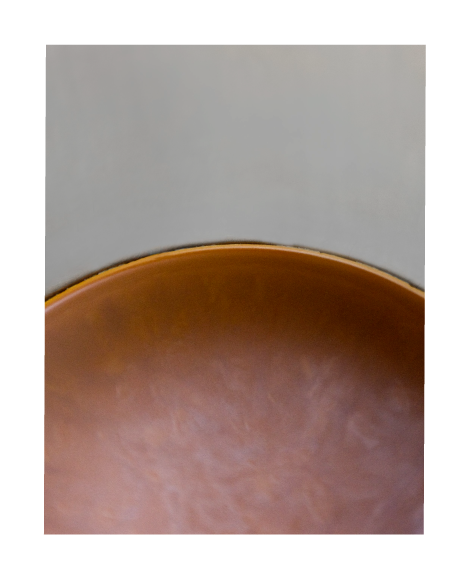
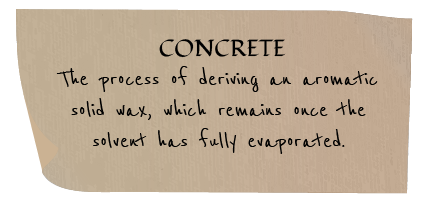
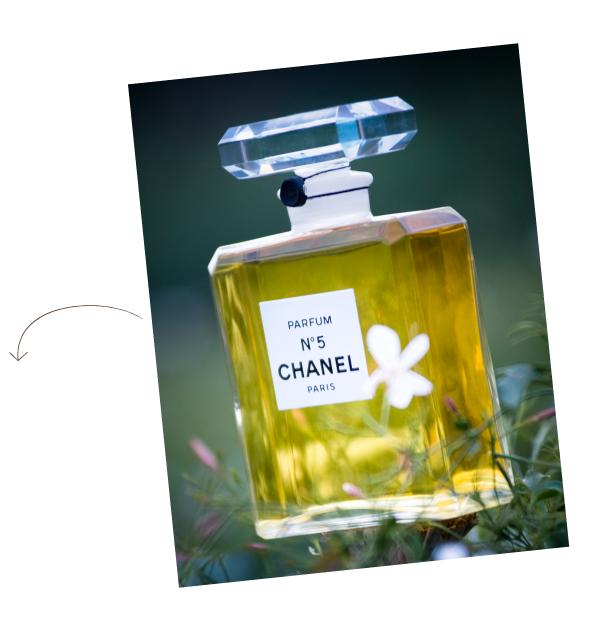

A perfect sunny day out in the fields and overall incredibly insightful trip could not have ended on a better note – a private lunch at the terrace, overlooking the vast green fields of Chanel where we feasted on an array of farm-to-fork dishes including edible flowers, fresh seasonal salads, homemade pies and hands down the best chocolate mousse and fresh berries for the sweetest ending to the trip – merci beaucoup, Chanel!
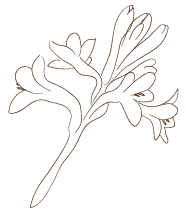

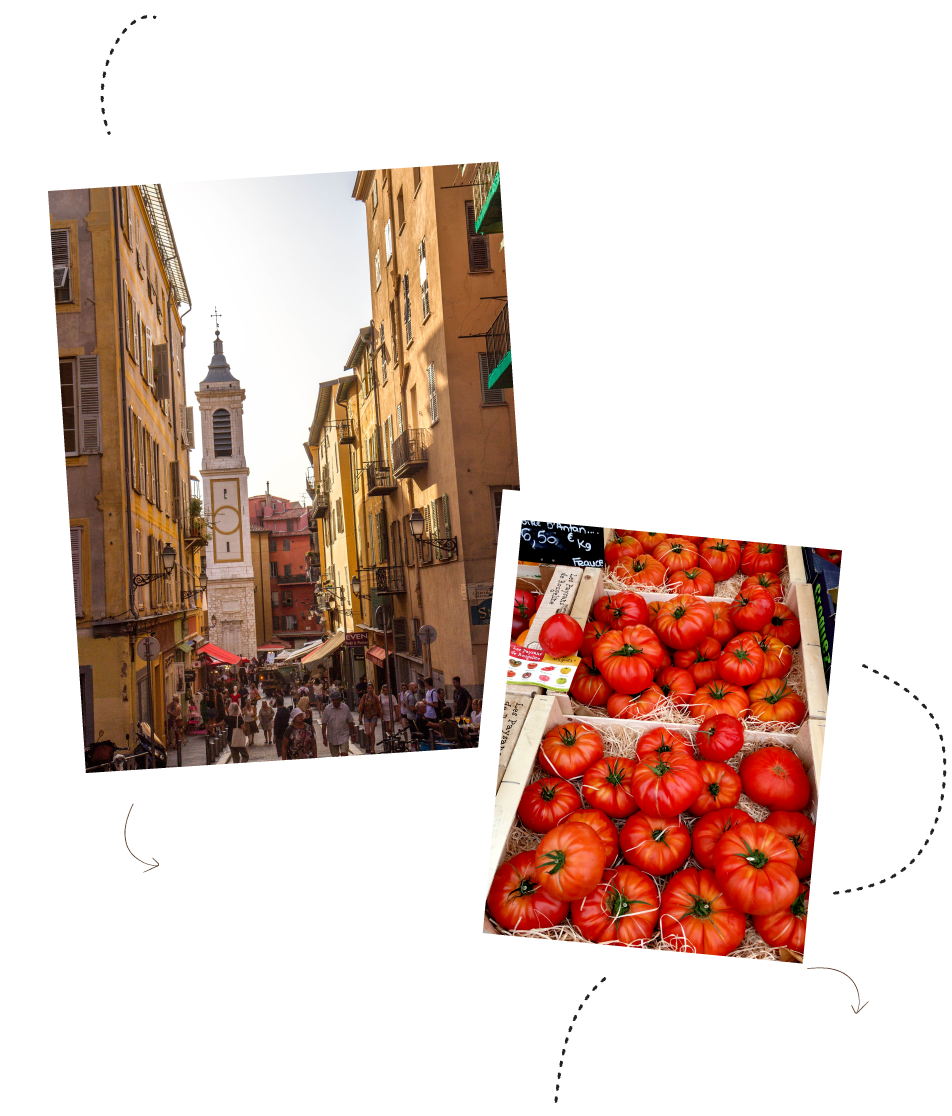
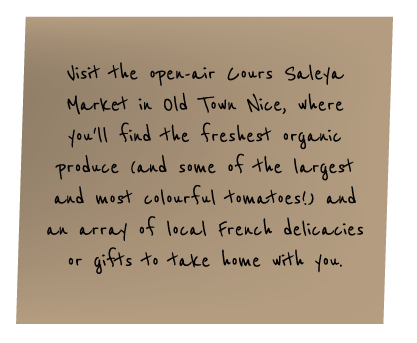





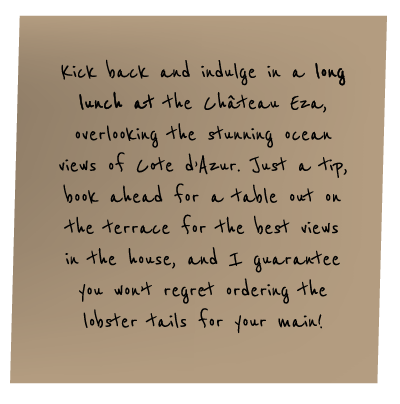




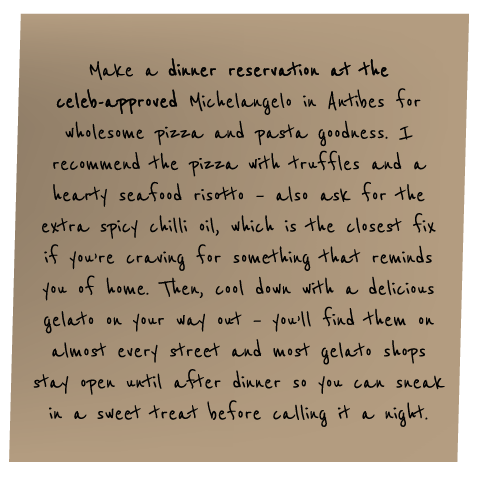

ICYMI, more IG stories from the trip here.
Find out more about Chanel N°5 Parfum or other iconic scents from the house here.
Find out more about Chanel N°5 Parfum or other iconic scents from the house here.
Credits:
Images: Chanel | Michelangelo | Unsplash | @tezzasaw
Text: Terry Saw
Design & Video Editing: Calleigh Yap
Images: Chanel | Michelangelo | Unsplash | @tezzasaw
Text: Terry Saw
Design & Video Editing: Calleigh Yap
Related articles
Buro 24/7 Selection

